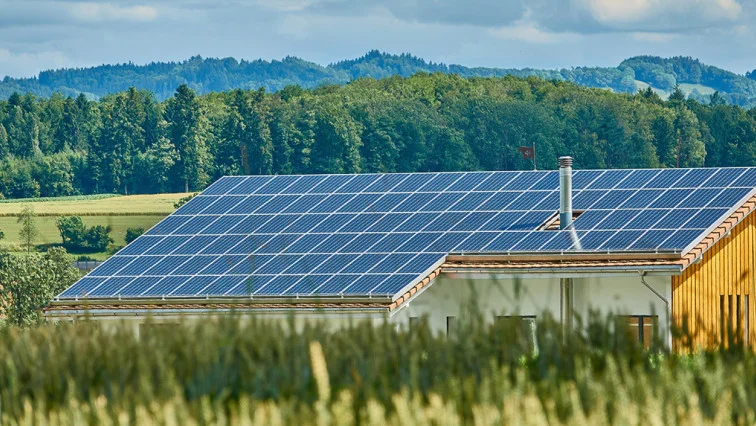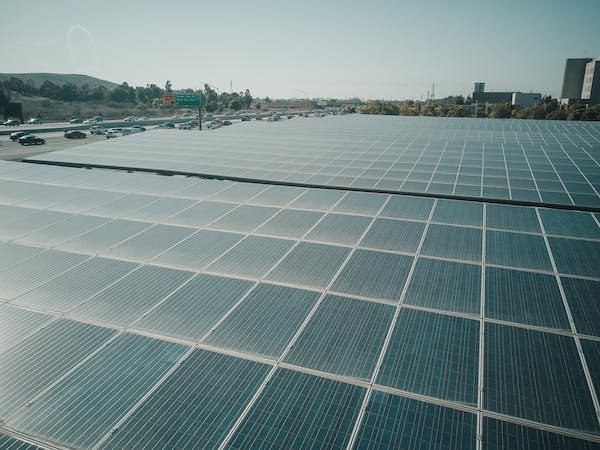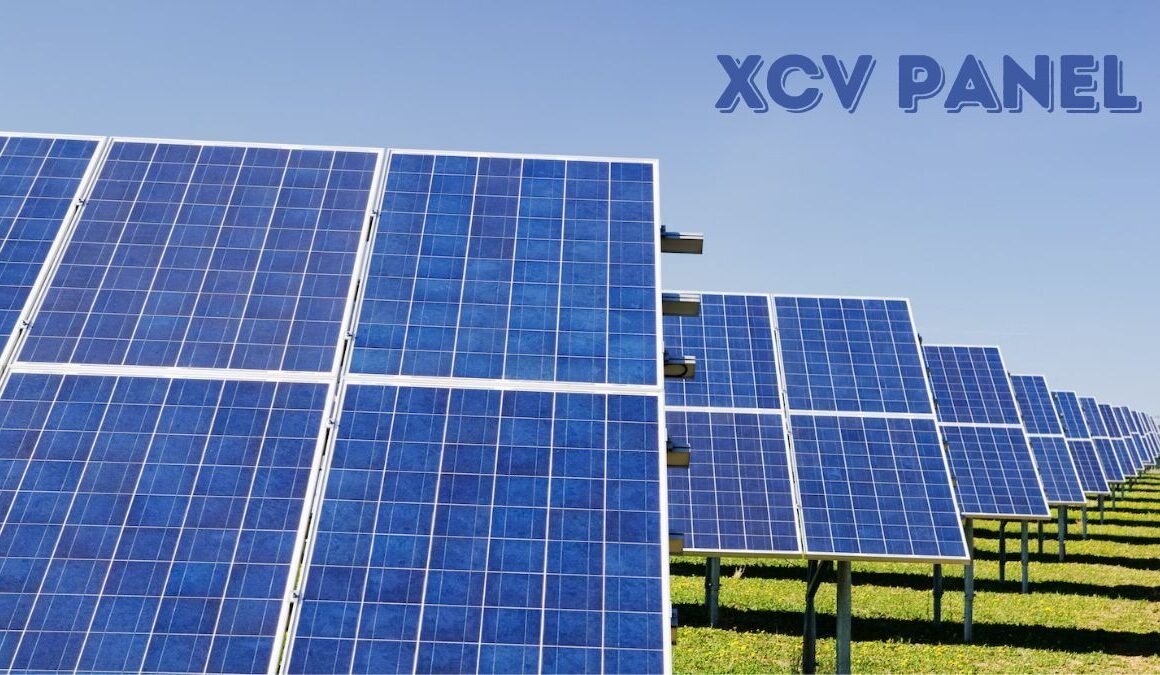Understanding the intricacies of XCV panel is crucial. Whether you’re a seasoned tech enthusiast or a newcomer to the field, grasping the fundamentals of XCV panels can be both enlightening and advantageous. This comprehensive guide aims to unravel the mysteries surrounding XCV panels, providing you with an in-depth understanding of what they are, how they work, and why they matter.
What is an XCV Panel?
XCV panels, or eXtended Coverage Verification panels, are pivotal components within the telecommunications and network infrastructure landscape. To delve deeper into their significance, it’s essential to understand the intricate design and purpose they serve. At their core, XCV panels are meticulously engineered to address the challenges associated with signal coverage in diverse environments.
These panels function as intermediaries between devices and cellular towers, acting as amplifiers and signal enhancers. They are strategically deployed in areas where signal strength may be compromised, such as remote locations or densely populated urban areas. By harnessing advanced technologies, XCV panel work tirelessly to extend signal coverage, ensuring seamless communication across various devices and networks.
The Functionality of XCV Panel
The functionality of XCV panels revolves around optimizing signal coverage to mitigate potential disruptions in communication. Their operation involves several key processes:
- Signal Amplification: XCV panels employ sophisticated amplification techniques to strengthen signals transmitted between devices and cellular towers. This amplification is essential for ensuring consistent and reliable connectivity, particularly in areas with weak signal reception.
- Interference Mitigation: In addition to amplifying signals, XCV panel play a crucial role in minimizing interference from external sources. This interference, which can arise from factors such as atmospheric conditions or electromagnetic radiation, has the potential to disrupt communication networks. By effectively mitigating interference, XCV panels contribute to the stability and integrity of telecommunications systems.
- Coverage Optimization: One of the primary objectives of XCV panels is to optimize signal coverage within a given area. Through strategic placement and configuration, these panels extend coverage to locations that may have previously experienced connectivity issues. This capability is instrumental in ensuring widespread access to communication services, particularly in underserved or remote areas.

Key Features of XCV Panels
The key features of XCV panels encompass a range of attributes that contribute to their effectiveness and versatility:
- Extended Coverage: XCV panels excel in extending signal coverage to areas that may have been previously inaccessible or underserved. This extended coverage ensures that users can maintain connectivity across a wide range of environments, including indoor spaces, rural areas, and urban centers.
- Enhanced Signal Strength: By amplifying signals and minimizing attenuation, XCV panels enhance the overall strength and reliability of communication networks. This enhancement is particularly crucial in areas where signal quality may be compromised due to distance from cellular towers or environmental obstacles.
- Adaptive Configuration: XCV panels are equipped with adaptive configuration capabilities that allow them to adjust their settings dynamically based on prevailing conditions. This adaptability ensures optimal performance in diverse environments and enables XCV panels to respond effectively to fluctuations in signal strength and network demand.
- Remote Monitoring and Management: Many XCV panels are equipped with remote monitoring and management capabilities. Allowing network operators to monitor performance metrics and troubleshoot issues remotely. This remote accessibility simplifies maintenance tasks and enables timely intervention in the event of performance degradation or equipment failure.
The Importance of XCV Panels in Modern Communication
In the rapidly evolving landscape of modern communication, XCV panels play a pivotal role in ensuring connectivity, reliability, and performance. Their importance can be attributed to several factors:
- Reliability: XCV panels enhance the reliability of communication networks by extending signal coverage and minimizing the impact of interference. This reliability is essential for supporting critical communication services, such as emergency response operations and business-critical applications.
- Accessibility: By extending coverage to underserved and remote areas, XCV panels promote accessibility and inclusivity in communication services. This accessibility is particularly significant in regions where traditional infrastructure deployment may be impractical or cost-prohibitive.
- Performance: The enhanced signal strength and coverage provided by XCV panel contribute to improved performance across communication networks. This improved performance translates into faster data transmission rates, reduced latency, and a smoother user experience for consumers.
- Scalability: XCV panels offer scalability and flexibility, allowing network operators to expand coverage and capacity as demand increases. This scalability is essential for accommodating growth in data traffic and supporting emerging technologies such as 5G and Internet of Things (IoT) applications.
- Resilience: XCV panels enhance the resilience of communication networks by providing redundancy and failover capabilities. In the event of equipment failure or network congestion. XCV panels can help reroute traffic and maintain connectivity, minimizing service disruptions and downtime.

Deployment and Maintenance
The deployment and maintenance of XCV panels require careful planning, execution, and ongoing management. These processes involve several key steps:
- Site Survey and Assessment: Prior to deployment, a thorough site survey is conducted to assess the environmental conditions, signal strength, and coverage requirements. This assessment helps identify optimal locations for installing XCV panels and determines the necessary configuration parameters.
- Installation and Configuration: Once the site survey is complete, XCV panels are installed and configured according to the specifications outlined during the assessment phase. This installation process may involve mounting the panels on rooftops. Towers, or other structures and connecting them to the existing network infrastructure.
- Performance Monitoring and Optimization: After installation, XCV panel are continuously monitored to ensure optimal performance and reliability. Performance metrics such as signal strength, throughput, and latency are regularly monitored and analyzed to identify any potential issues or areas for optimization.
- Routine Maintenance and Upkeep: Routine maintenance tasks Such as cleaning, inspection, and firmware updates. Are essential for keeping XCV panels operating at peak efficiency. These maintenance activities help prevent equipment failure, address performance degradation, and prolong the lifespan of the panels.
- Troubleshooting and Support: In the event of performance issues or equipment failures, troubleshooting and support services are available to diagnose and resolve problems promptly. Remote monitoring and management but tools enable network operators to troubleshoot issues remotely and deploy onsite technicians if necessary.
Future Trends and Developments
Looking ahead, the future of XCV panels is marked by ongoing innovation and evolution. Several trends and developments are shaping the trajectory of this technology:
- Integration with 5G Networks: As 5G networks continue to roll out globally, XCV panel will play a crucial role in extending coverage and enhancing connectivity in both urban and rural areas. The integration of XCV panels with 5G infrastructure will enable seamless migration to next-generation networks and support the delivery of high-bandwidth applications and services.
- Advancements in Antenna Technology: Ongoing advancements in antenna technology, such as beamforming and massive MIMO (Multiple Input Multiple Output), are driving improvements in the performance and efficiency of XCV panels. These advancements enable. XCV panels to adapt dynamically to changing network conditions and deliver targeted signal coverage with greater precision and accuracy.
- Deployment in IoT and Smart City Applications: XCV panels are increasingly being deployed in IoT (Internet of Things) and smart city applications to support a wide range of connected devices and sensors. But From smart meters to autonomous vehicles, XCV panels play a vital role in enabling seamless communication and data exchange in the burgeoning ecosystem of IoT devices.
- Enhanced Energy Efficiency: Efforts to improve the energy efficiency of XCV panels are underway, driven by the growing demand for sustainable infrastructure solutions. Innovations such as energy-efficient hardware design and power management algorithms help reduce the environmental footprint of. XCV panels while ensuring reliable performance and uptime.

Conclusion
XCV panels represent a cornerstone of modern telecommunications infrastructure. By understanding their functionality, key features, and importance in modern communication, you can gain valuable insights into this essential technology. But As we continue to embrace the digital age, the role of XCV panel will only grow in significance. Shaping the way we connect and communicate in an increasingly interconnected world.









